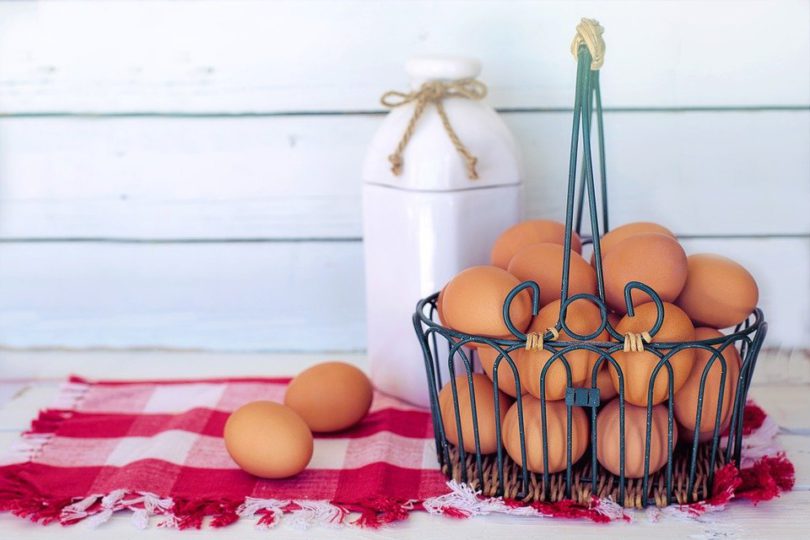How many recipes do you think contain eggs? The truth is eggs are in a lot of the things we consume. You can have eggs by themselves, whether you scramble them, fry them, or biol them. You can add them to a variety of recipes, sweet or savory. If you were to read the ingredient labels for a lot of the foods we consume, you will find that a surprising amount of them contain eggs. This food group is found everywhere. This is great! Eggs provide a lot of nutrition and necessary minerals. They also have a serious danger to them
The danger of an ordinary egg
An egg is just a small round object with a shell to protect a gooey inside. Unless it’s thrown at you, there isn’t any danger, right? Not quite.
Eggs are at risk for carrying salmonella. Salmonella is a serious form of food poisoning. In its least severe form, it can incapacitate you with severe vomiting and diarrhea. At it’s worst, salmonella can put you in the hospital. It is possible, but rare to die from it.
You end up with Salmonella when the egg isn’t cooked properly. The chances of an egg containing salmonella are small, which is why you don’t get sick when you consume things like cookie dough, but it can happen (which is why all packaged cookie dough has a warning label that we ignore).
How do we avoid salmonella altogether?
Properly cooking eggs is an especially important part of avoiding becoming sick. If it’s cooked properly, all salmonella will be killed. If it is not, then you may become sick. A much as we try, it is extremely hard to eliminate the risk of uncooked food altogether. Every egg will be different, and some will simply slip through the cracks.
Modern science actively works to eliminate these cracks, and through our innovation, we may have found a new way.
Sous Vide
Sous Vide is a water process use to cook a lot of foods, including eggs. In Australia, researchers have been exploring its decontamination properties.
A total of 20 eggs were purposefully contaminated with a strand of salmonella. Then, two uncracked eggs were put in the sous vide cooker. Different intervals were given for each egg. 30 seconds for one pair, then one minute for the next, two minutes for the one after, and so on up to nine minutes. Tests showed that the eggs placed in the sous vide cooker for nine minutes were completely decontaminated.
What does this tell us?
This tells us that we might have a new method of decontaminating eggs. The word “might” be key here. Researchers say that while this is promising there is still a lot of work to be done.
Does it work for all strands of salmonella, or just the one they used? Does it hurt the integrity of the eggshell? Does it impact shelf life?
We don’t know yet, but we are looking forward to finding out!

